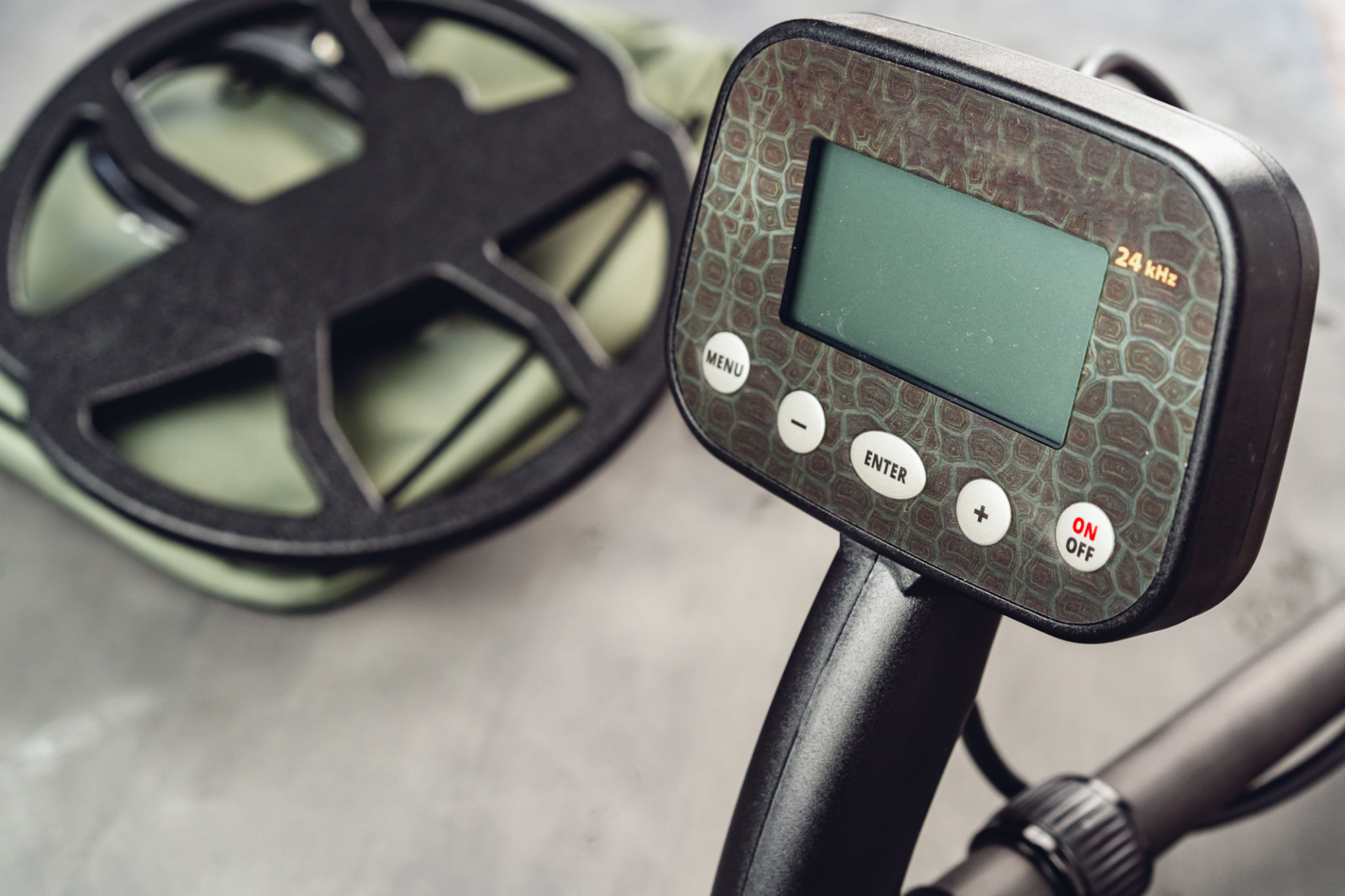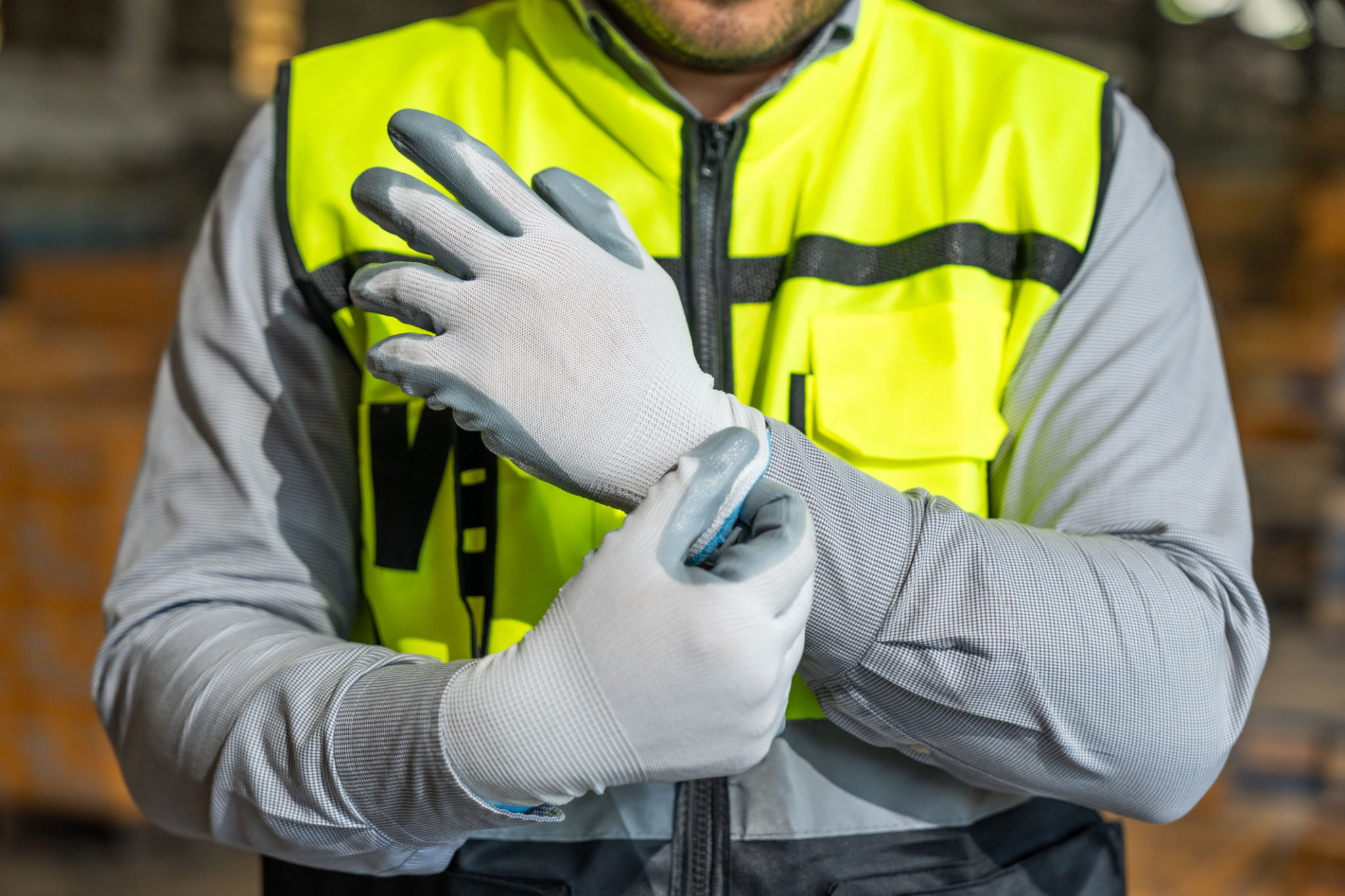The Benefits of Using Advanced GPR Technology for Concrete Scanning
Introduction to Ground Penetrating Radar (GPR) Technology
Ground Penetrating Radar (GPR) technology has become a cornerstone in modern construction and engineering practices. It offers a non-destructive way to scan and analyze concrete structures, providing valuable insights into their composition and integrity. But what exactly makes advanced GPR technology so beneficial for concrete scanning?
In essence, GPR technology uses radar pulses to image the subsurface. By sending electromagnetic signals into the ground or structure, it detects and maps materials and voids. This technology is crucial for assessing the condition of concrete without causing any damage.

Enhanced Accuracy and Precision
One of the most significant advantages of using advanced GPR technology is its enhanced accuracy and precision. Traditional methods of concrete analysis often involve guesswork or invasive techniques that can compromise the structural integrity. With GPR, engineers and contractors can obtain precise data on the location and depth of embedded objects such as rebar, post-tension cables, and conduits.
This accuracy is crucial when planning any construction or renovation project, as it minimizes the risk of damaging critical components. By identifying these elements beforehand, projects can proceed more smoothly, avoiding costly repairs or delays.
Minimizing Human Error
Advanced GPR systems are designed to minimize human error. Automated data processing and sophisticated software algorithms allow for rapid analysis and interpretation of results, ensuring that the information is reliable and actionable. This reduces the dependency on human intuition, which can be prone to mistakes.

Improved Safety Measures
Safety is a paramount concern in any construction environment. Advanced GPR technology enhances safety by providing a clear map of potential hazards within concrete structures. By identifying and mapping out these risks, workers can avoid accidental contact with dangerous elements such as live wires or unstable voids.
This proactive approach to safety not only protects workers but also ensures that projects comply with safety regulations and standards, reducing liability for construction companies.
Cost-Effectiveness
While the initial investment in advanced GPR technology may seem substantial, the long-term benefits make it a cost-effective solution. By accurately identifying structural components and potential issues before they arise, GPR helps prevent unexpected expenses related to repairs or project delays.

Environmental Impact
In today’s eco-conscious world, reducing environmental impact is a priority for many industries. Advanced GPR technology contributes positively by offering a non-invasive method of analysis. Since it does not require drilling or coring, it minimizes waste production and preserves the structural integrity of existing materials.
This aligns with sustainable construction practices, promoting environmental stewardship while maintaining efficiency and effectiveness in project execution.
Versatility in Application
Another benefit of advanced GPR technology is its versatility. It can be applied in various environments, from urban construction sites to historical preservation projects. Its adaptability makes it an invaluable tool across different sectors, ensuring that it meets diverse operational needs.

Conclusion
In conclusion, the benefits of using advanced GPR technology for concrete scanning are manifold. From enhancing accuracy and safety to offering cost-effective solutions and minimizing environmental impact, GPR stands out as a crucial tool in modern construction practices. Its ability to provide detailed insights into concrete structures ensures that projects are executed with precision and care, safeguarding both human life and structural integrity.
